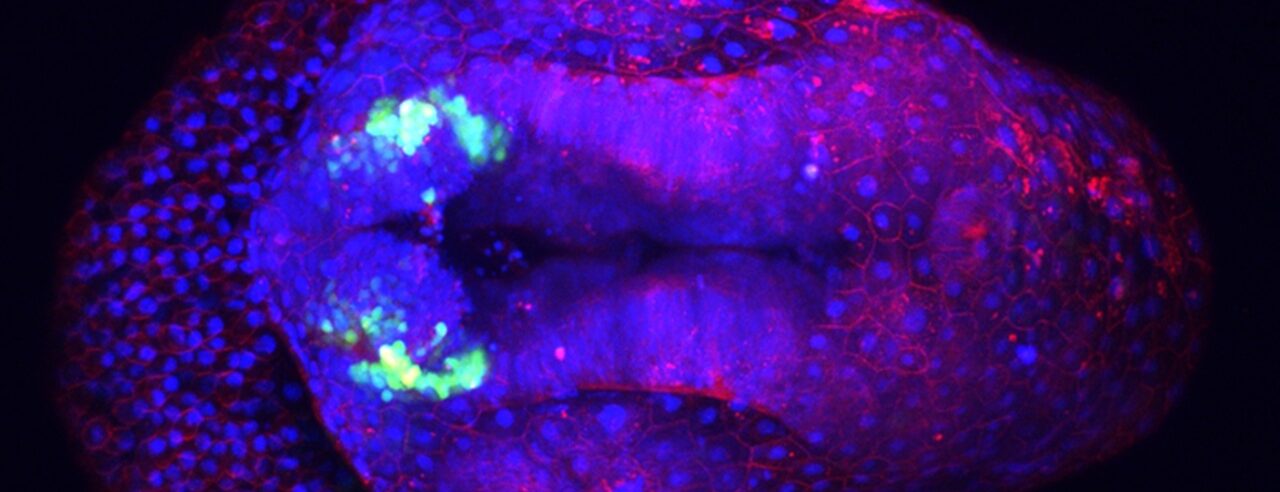Ideas are not pulled out of thin air. For a young biologist there is nothing like field work. The more remote and inaccessible the spot the more far-ranging and inspiring the topics to explore. And if you happen to be both an observer and experimentalist, field observations become behind-the-scenes endeavours to look into nature inside the lab. This is why as an undergraduate I declined a most appealing offer to do my final project on G proteins and joined the team of one of the best epidemiologists I have come across to study the behaviour of triatomines (vectors of American trypanosomiasis) both in the field and the lab.
Later, once I realised that the mechanisms of complex behavioural schemes were on the top of my list, my focus jumped into collective behaviour and cybernetics. Hence my passion for Apis mellifera. I spent years discovering means of information flow within a decentralised system along with trade-offs between gathering energy and information at the individual and group level.
I also investigated visual learning and spatial behaviour in Mus musculus and helped to reveal how the interplay between discrimination and learning governs goal-directed choice and how grid cell activity can be linked to path integration.
More recently I studied the stress response of Danio rerio and produced first time evidence of fast regulatory actions by pituitary corticotroph cells, among several other findings. I also produced a repertoire of novel tests and tools for in vivo imaging and non-invasive optogenetics.
At LJMU my lab targets the development and integration of behaviour. You can learn more about our interests here.
